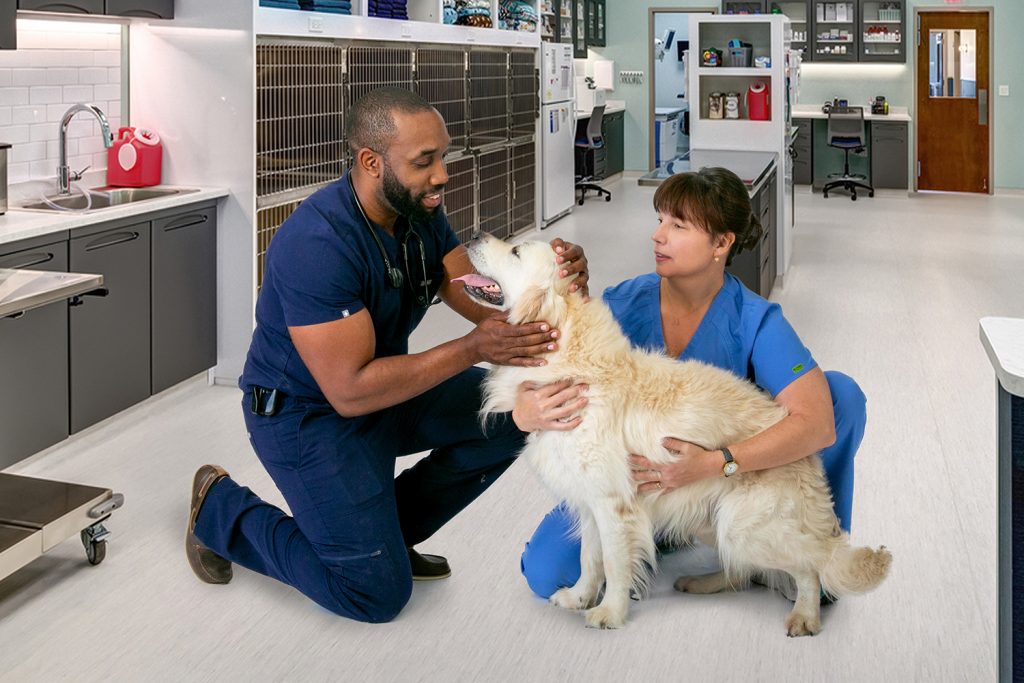
Navigating Pet Fear: A Comprehensive Guide to Handling Vet-Visit Anxiety
A trip to the vet clinic often spells a cocktail of mixed feelings for most pet owners. While acknowledging the vitality of these appointments for the well-being of our furry companions, the anticipated stress and discomfort they may experience can be quite unsettling. Many pets associate vet visits with intimidating odors, unfamiliar faces, or even past discomfort. The silver lining is the existence of various strategies that can help alleviate this anxiety, making vet visits a more comfortable experience for all parties involved. This article provides an all-encompassing manual on addressing pet anxiety during vet appointments.
Recognizing Anxiety Indicators in Your Pet
To successfully mitigate your pet's anxiety, it's crucial to identify the signs. Dogs and cats express their discomfort in unique ways. While dogs may excessively pant, drool, tremble, pace, or attempt to flee, cats might choose to hide, remain unusually still, or even become uncharacteristically aggressive. Being cognizant of these signs allows you to act swiftly to pacify your pet before the situation intensifies.
Acclimation to the Vet Environment
Helping your pet grow familiar with the vet clinic environment can significantly lessen their anxiety. Consider occasional visits to the clinic for non-treatment purposes, giving your pet a chance to explore the waiting area and meet the clinic staff. This exposure could help establish positive associations with the clinic, consequently easing their fear.
Encouraging a Positive Association
Positive reinforcement can be instrumental in alleviating pet anxiety. Rewarding your pet with treats, praise, or toys can create a positive association with the clinic, gradually diminishing their fear. Remember to bring along their preferred treat or toy to serve as a distraction and offer comfort during vet visits. However, be cautious to moderate these rewards to avoid overstimulation or overfeeding.
Gradual Desensitization and Training
Training your pet to maintain composure in diverse environments can be immensely beneficial. Start by getting your pet comfortable with being handled, focusing particularly on areas commonly examined by vets. Gradually introducing them to elements of the vet visit, such as car rides and the distinct scents of the clinic, can over time desensitize your pet to these stressors.
Opting for the Ideal Vet
Vets are not all alike, and your pet may respond better to some than others. Select a vet known for their patient and calm demeanor, as this can greatly contribute to putting your pet at ease. A seasoned vet will also be equipped to identify anxiety signs and implement measures to alleviate them.
Utilizing Anxiety-Relieving Tools
Various anxiety-reducing products are available today, including calming treats, pheromone diffusers, and anxiety wraps. When used appropriately, these tools can significantly ease your pet's anxiety. However, always consult your vet before introducing new products to ensure they're suitable and safe for your pet.
Medicinal Intervention
Severe cases of pet anxiety may necessitate medication to facilitate vet visits. The medical intervention option should be your last resort and can only be prescribed by a vet. It's essential to discuss potential side effects and appropriate dosage with your vet.
Demonstrating Calmness and Patience
Pets are highly sensitive to human emotions, so your anxiety could exacerbate theirs. Maintaining a calm voice and demeanor can reassure your pet that there's no cause for alarm. Overcoming pet anxiety may take time, underscoring the importance of patience.
Post-Visit Care
Upon returning home, provide a serene and comfortable space for your pet to unwind. Treat them with a favorite activity or snack to conclude the experience on a positive note. If the visit was particularly stressful, they may require extra affection and attention to recover.
Each pet is a unique individual, and strategies effective for one may not resonate with another. It may involve a bit of experimentation to discover what soothes your pet best. The key is to remain persistent and patient. Armed with understanding, patience, and heaps of affection, you can help your pet overcome their apprehension of vet visits.
In conclusion, vet visits may indeed be a source of stress for pets, but numerous strategies can help manage this anxiety. Recognizing your pet's signs of distress, familiarizing them with the vet clinic, positive reinforcement, adequate training, and patience can make vet visits more tolerable. Always confer with your vet about the best ways to handle your pet's anxiety, as their ultimate aim aligns with yours - to keep your pet healthy and content.
- Choosing a selection results in a full page refresh.












